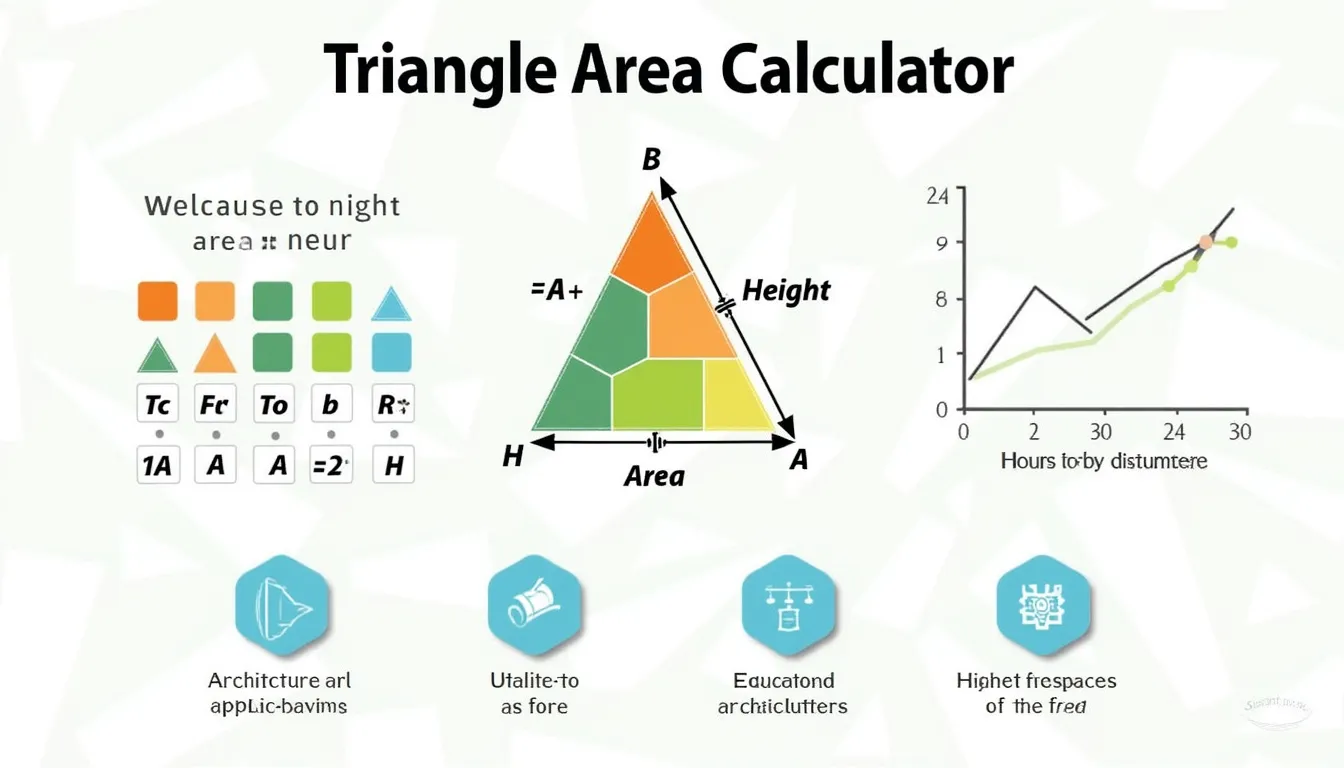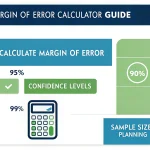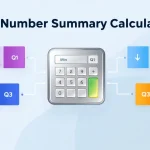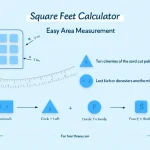Triangle Area Calculator
Is this tool helpful?
How to use the tool
- Pick two known values. Example 1: base = 9 units, height = 11 units. Example 2: area = 99 units², height = 9 units.
- Leave the third box blank. The empty field becomes the unknown.
- Press “Calculate”. The script applies the formulas below and shows the answer instantly.
Formulas used
- Area: $$A = rac12 b h$$ (Weisstein, Triangle Area).
- Base: $$b = rac{2A}{h}$$
- Height: $$h = rac{2A}{b}$$
Worked examples
- Find area. ½ × 9 × 11 = 49.5 units².
- Find base. 2 × 99 ÷ 9 = 22 units.
- Find height. 2 × 30 ÷ 12 = 5 units.
Quick-Facts
- Universal formula $$A= rac12bh$$ applies to all triangle types (Weisstein, Triangle Area).
- Number range up to ≈9 × 10¹⁵ supported by JavaScript double precision (IEEE 754-2019).
- Results round to 8 decimals—satisfies ISO 2768-1 medium tolerance (ISO 2768-1:1998).
- Use consistent units; SI base length is metre (BIPM, 2019).
FAQ
What formula does the calculator follow?
It uses $$A= rac12bh$$. “Area equals one-half the product of base and altitude” (Euclid, trans. Heath, 1908).
Which two inputs must I provide?
You choose any two: base + height, area + height, or area + base. The tool computes the third automatically.
How accurate are the results?
Values round to 8 decimal places, well inside the 15-digit precision of IEEE-754 doubles (IEEE 754-2019).
Can it solve for the base?
Yes. Enter area and height; it applies $$b= rac{2A}{h}$$ to return the base instantly.
Does it work for non-right triangles?
Yes—any triangle once the height is measured perpendicular to the base (Weisstein, Triangle Area).
Why leave one field blank?
The script needs exactly one unknown to avoid conflicting data and guarantee a single valid solution.
How do I change units?
Input numbers in your preferred unit (m, cm, ft). Keep all three values in the same unit for coherence (BIPM, 2019).
Are there limits on very small values?
Inputs down to 1 × 10⁻⁶ work; smaller values risk underflow in JavaScript’s 53-bit mantissa (IEEE 754-2019).
Important Disclaimer
The calculations, results, and content provided by our tools are not guaranteed to be accurate, complete, or reliable. Users are responsible for verifying and interpreting the results. Our content and tools may contain errors, biases, or inconsistencies. Do not enter personal data, sensitive information, or personally identifiable information in our web forms or tools. Such data entry violates our terms of service and may result in unauthorized disclosure to third parties. We reserve the right to save inputs and outputs from our tools for the purposes of error debugging, bias identification, and performance improvement. External companies providing AI models used in our tools may also save and process data in accordance with their own policies. By using our tools, you consent to this data collection and processing. We reserve the right to limit the usage of our tools based on current usability factors.







